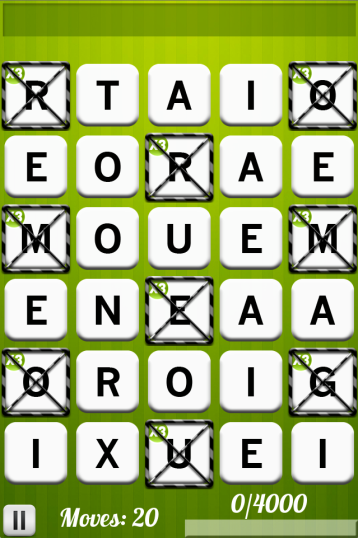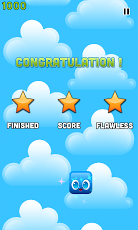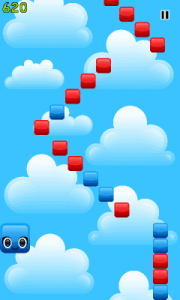I just started porting my existing android game (word-hunter) to iOS and ran into a lot of troubles trying to make adMob works on iOS with libgdx and robovm, so I figure someone else might need this :)
You should probably already have an Interface in your libgdx core project to specify the actions correspond to the display of ads:
public interface AdsDisplayInterface{
public void loadAd();
public void showAd();
}
And your game constructor should expect an implementation of this interface as argument:
public class Game implements ApplicationListener {
...
public AdsDisplayInterface _adsDisplay;
public Game(AdsDisplayInterface adsDisplay){
_adsDisplay = adsDisplay;
}
public Game(){
...
}
@Override
public void create() {
...
}
}
Now you can call _adsDisplay.loadAd() and _adsDisplay.showAd() anytime you want in your game, see this post for more details on how this works.
Now we want to create a class implementing this Interface in the platform where we want to display ads, in our case: iOS.
First we need to integrate the google-mobile-ads robopod binding (git repo).
Follow the instructions from the README in the git website and use either graddle or maven to add the binding.
I added compile “org.robovm:robopods-google-mobile-ads-ios:$roboVMVersion” in the dependencies of the project(“:ios”) in the main build.gradle of my libgdx projects, used ./gradlew eclipse and then imported the projects into Eclipse.
Another option if you don’t want to use graddle or maven is to directly grab the jar files you need (robopods-google-mobile-ads-ios-$robovmVersion.jar and robopods-google-apis-ios$robovmVersion.jar) from the robovm maven directory and add then to your ios project /lib folder (create it if necessary) and add both jar to the build bath.
Now we need to create an implementation of the AdsDisplayInterface in our ios project:
@CustomClass("ViewController")
public class ViewController implements AdsDisplayInterface {
private GADInterstitial interstitial;
private GADInterstitial createAndLoadInterstitial() {
//Ad Unit ID of your interstital, from your adMob account. Use the TEST one for now
GADInterstitial interstitial = new GADInterstitial("ca-app-pub-xxxxxxxxxxxxxxxx/xxxxxxxxxx");
interstitial.setDelegate(new GADInterstitialDelegateAdapter() {
@Override
public void didDismissScreen(GADInterstitial ad) {
ViewController.this.interstitial = createAndLoadInterstitial();
}
});
interstitial.loadRequest(createRequest());
return interstitial;
}
private GADRequest createRequest() {
GADRequest request = new GADRequest();
// To test on your devices, add their UDIDs here:
request.setTestDevices(Arrays.asList(GADRequest.getSimulatorID()));
return request;
}
@Override
public void loadAds() {
interstitial = createAndLoadInterstitial();
}
@Override
public void showAds() {
if (interstitial.isReady()) {
interstitial.present(UIApplication.getSharedApplication().getKeyWindow().getRootViewController());
} else {
System.out.println("Interstitial not ready!");
}
}
}
I used this sample application and modified a couple of things to make it work with libgdx. If you need to add banners, check the sample and it should be quite straightforward.
Now we need to modify our IOSLauncher in the libgdx IOS application:
public class IOSLauncher extends IOSApplication.Delegate {
private GADInterstitial interstitial;
@Override
protected IOSApplication createApplication() {
Words.setPlatformResolver(new DesktopResolver());
IOSApplicationConfiguration config = new IOSApplicationConfiguration();
return new IOSApplication(new Game(new ViewController()), config);
}
public static void main(String[] argv) {
NSAutoreleasePool pool = new NSAutoreleasePool();
UIApplication.main(argv, null, IOSLauncher.class);
pool.close();
}
And now it should work :) Your IOS ad will show up whenever you call loadAd() then showAd() in your game.
Hopefully I didn’t forget any steps, otherwise let me know !






